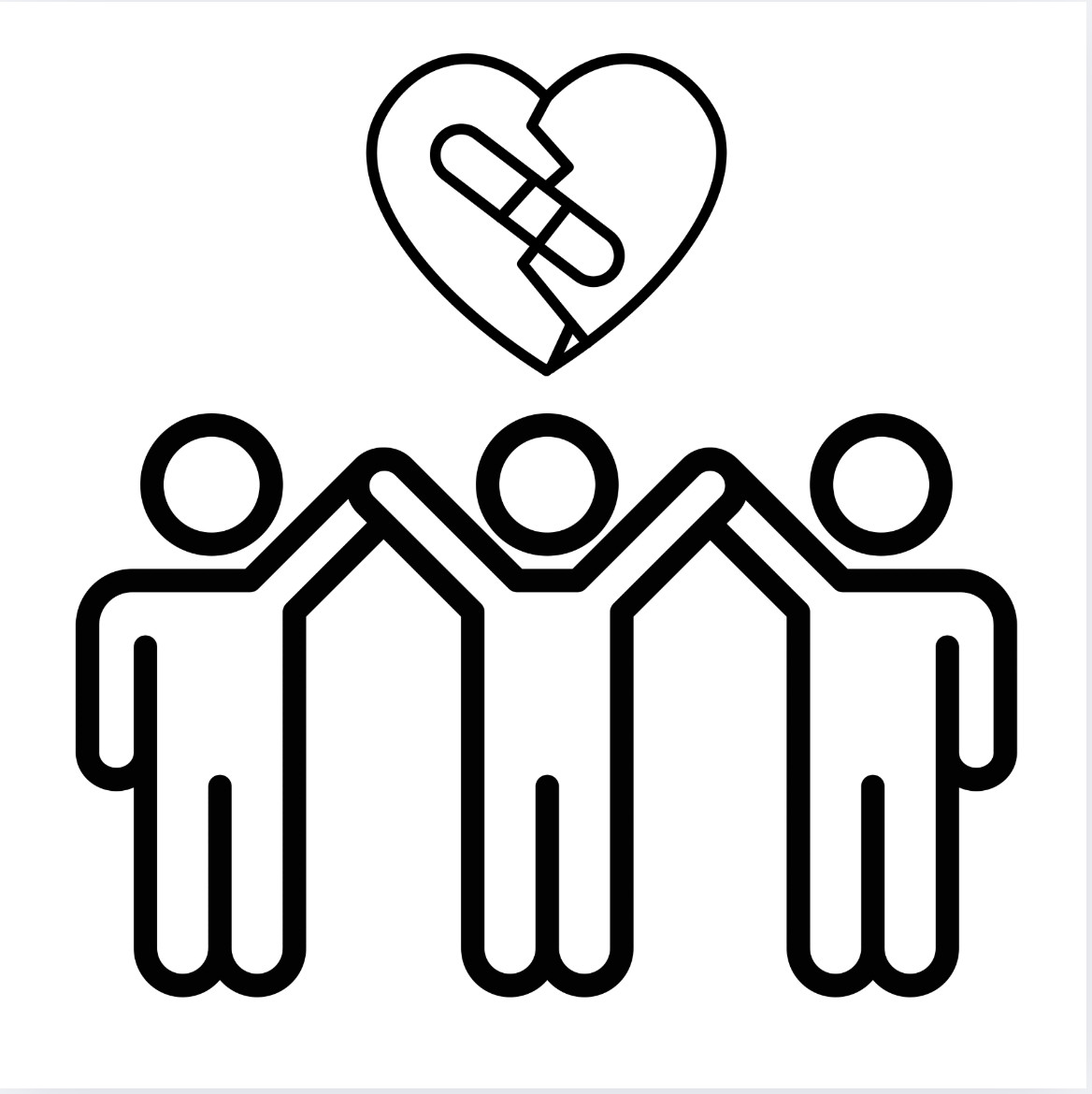
Artists and Trauma-Bonding
When art is the place we flee to because health failed, home fractured, or the mind loosened its grips the refuge becomes real.
But no refuge is not meant to be home. When it becomes all we lean upon, that safety net turns into a trap. Reminiscent of what we thought we were escaping from in the first place.
Trauma-bonding in the creative life is a subtle and very real danger.
Human beings are wired for connection and I’d argue that artists perhaps feel that wiring more acutely. The patterns in our artistic practice, the relationships we form within our peer ecosystems, and the identities we build around them are expressions of the same need.
But when the search for meaning and belonging arises from survival mechanisms the shadow side to connection, the heartbeat of creativity, can bind us to pain. Unprocessed trauma can distort the mind into mistaking familiar feelings (even if painful), for safety, and survival for intimacy.
Let’s unpack.
What is Trauma-Bonding?
Let’s outline the concept with precision. Trauma-bonding (sometimes called “traumatic bonding” in the literature) refers to a strong emotional attachment that persists in relational contexts marked by trauma, imbalance, and conditioned connection.
For instance: a study of 354 people in abusive relationships found that childhood maltreatment and attachment insecurity were possible predictors of trauma-bonding. And trauma-bonding in turn was associated with higher levels of PTSD symptoms. (PubMed)
A classic empirical investigation showed that variables like intermittency of maltreatment (alternating harm & relief), and power differentials explained over 50 % of the variance in attachment to an abusive partner six months after separation. (PubMed)
Some key features include:
- Repeated exposure to trauma or threat (not just a one-off event)
- Relational or structural power imbalance (one party more vulnerable)
- Attachment dynamics (the vulnerable person remains bonded to the relationship, the role, the identity)
(Note: It is crucial to emphasise: the term is rooted in the research primarily on abusive relationships, trafficking, coercive control. It doesn’t translate literally to creative lives — but the structural logic offers a potent metaphor for what many artists live without naming it.)
Clinical research shows that trauma-bonding is not mythic, but measurable: it arises in contexts of repeated trauma, power or relational imbalance, attachment insecurity, and shapes how one remains linked long after safety would suggest detaching. (PubMed)
When you are an artist who stumbled into your medium because everything else collapsed, you might have built an entire relational world — collaborators, mentors, audiences — around that broken-ground foundation without necessarily realizing it.
The biggest danger here is not the trauma that was experienced itself. The danger is when it becomes a foundation for the artistic practice.
The cause. The currency.
An identity.
When Familiar Pain Feels Like Belonging
I was reminded of this at an informal party once, listening to two colleagues spiral from innocent banter into a shared rant about peers they both knew.
The mood in the room shifted; what began as harmless venting turned into a kind of emotional alliance built on grievance. Ironically, they’ve since joined forces — a partnership, it seems, born more of shared wounds than shared vision. It made me realise how easily artists can mistake familiarity in pain for genuine connection, and how such bonds, while comforting, rarely lead to creative or emotional sustainability.
Conversations like these quickly become a feedback loop of bitterness:
“They never understood us,” “That scene is toxic,” “People like us never get opportunities.”
What looks like solidarity is actually a shared trauma narrative. It creates temporary intimacy — the relief of being “understood” — but the emotional charge keeps them anchored in grievance rather than evolution.
Over time, this kind of bond can reinforce victimhood and mistrust, often disguised as insight or realism.
Why artists often slip into this pattern
If you live by creativity, you are already working on the edge of inner worlds.
Add to that: you entered art during a time of personal crisis or health collapse, and this is the story your brain might start telling you:
‘You were wounded. Art saved you.’
In reality though your brain carved new neural pathways—wiring relief and creation into the same circuit.
So every time you picked up an instrument, brush, or pen, it wasn’t always about art; it was the nervous system rehearsing ‘safety’.
Here are some of the common pathways:
- Art as refuge: For many artists, creation begins not in celebration but in crisis. When life fractures, art becomes a sanctuary — the brain rewiring safety through sound, color, or motion. What starts as expression becomes survival, binding trauma and craft into one fragile, necessary rhythm.
- Wounded identity as creative currency: The industry, the peer-group, even the audience often valorises ‘authentic suffering’. The “struggling artist” is part myth, part reality. When you identify as the one who made it despite, the wound becomes part of your brand.
- Relational ecosystem grounded in damage: You build peers and collaborators who get you because of your pain. The connection is “we have scars”. The side-effect: you may sideline relationships rooted in hope, play, growth rather than crisis.
- Resistance to healing: If the wound defines your art, your worth, your bonds, then healing feels like betraying the identity. Yet unresolved trauma continues to sap creative force. A recent study emphasises how attachment insecurity interacts with early trauma to strengthen trauma bonds. (PubMed)
Artists are particularly susceptible tho these stories not because we are weaker — but because we are often deeper. We are attracted to authenticity. Raw nerve.
That’s a gift. But when it’s the only signal, it’s a loop we risk remaining stuck in.
My story: from refuge to reckoning
I came into music in the middle of a storm: serious health issues, domestic unrest, mental-health edges. The instrument said: you’re here, you can still exist. So I built everything — practice habits, friendships, identity — around being the one who survived.
The refuge was real. But the safety net became the house.
Then, during my conservatory years, the body and mind rebelled again. I couldn’t play for months. My technique faded. My purpose waivered. That forced a reckoning: the question wasn’t just “how do I keep going”, but “why do I go at all?”
And over the years, I had to rebuild not just the practice, but the stance.
I watched peers who never made that transition.
They stayed in the cycle: stage-fright, “I’m not good enough”, the wounded role. In some cases, the narrative even served them — but also tethered them. And before they realized it, it had enmeshed itself as an inherent part of our persona.
For clarification: I too have totally been guilty of it: leaning on the story of my pain as if it gave me permission to still struggle.
The hardest question to ask when we’re in the thick of these stories is this: Am I addicted to my own trauma because it defines me and gives me something to lean on? Or is even lucrative?
Exactly. ‘Ouch’. And ‘phew’.
What the pattern looks like in creative lives
When the artist-trauma-bond dynamics are in play, you might observe signs like:
- Your creative identity says: “Because I suffered, I have something to say.” And you resist doing the work unless the pain is live.
- You keep recycling the same wound in your work — not to evolve it, but because it reliably connects you.
- Your relationships (creative or personal) default to late-night vulnerability, shared breakdowns, mutual survival—rather than shared growth, play, trust.
- You might fear that if you feel “well”, you’ll lose legitimacy as an artist. The idea of flourishing freaks you out.
- You feel guilt or suspicion when you feel joy in your art, as if you’re betraying the real origin of your voice.
- You avoid healing, or you only heal in secret, because the visible self must remain the one who suffers and creates.
Why this matters — the cost of staying stuck
When you build your artistic life around the loop of trauma, the costs are real:
- You risk stagnation. Your art may never expand beyond the wound’s orbit.
- You risk relational rigidity. Your network may lock you into the survival mode rather than the thriving mode.
- You risk identity foreclosure. The “wounded artist” becomes the only self you recognise.
- You risk missed potential. Trauma drains creativity if unprocessed. A recent review highlights that trauma and bonding issues impede healthy attachment and growth. (PubMed)
- You reinforce the loop. Once conditioning takes effect, the cycle of harm/relief becomes familiarity. Behavioural science shows how conditioned attachment operates in these contexts. (CCP)
In creative fields we often glorify the struggle. But what if the struggle mode is an outdated version of yourself? What if there is still craft, still play, still freedom to harvest?
Turning the page — shifting into a healthier creative posture
Here are some practices and mind-shifts that can pull you out of the loop, while honouring the wound (not erasing it):
- Recognise the wound’s role — and its limit
Say: Yes, I came from that place of brokenness. It shaped me. It doesn’t define me forever. - Re-orient your practice
Move from “I create because I must suffer” to “I create because I want to explore”. Practice because you are alive, not only because you survived. - Expand your relational base
Invite collaborators, mentors, peers who don’t just share the wound but who share curiosity, growth, possibility. Let friendship be not just “we survived” but “we play together”. - Bring in light as well as dark
Let your art reflect both sides: the wound and the healing. Let joy, experimentation, risk beyond the safe storm zone. The shadow had its role; let the light also have its turn. - Re-write your identity
I am an artist who was wounded, who is healing, who continues to grow. The story becomes: I’m not just the one who survived—I’m the one who’s still alive and kicking. And I want to help others do the same in whatever capacity I can. - Embed healing into the creative ecosystem
Therapy, rest, boundaries, health, body care—they are not distractions from your art, they are part of your art-system. When you heal, your work deepens rather than loses urgency. - Allow the next chapter
The wound was chapter one. Let your next chapter be about craft, curiosity, connection. The wound gave you entry; now you build from beyond it.
Final thought
Your art welcomed you when you were wounded. That welcome is sacred. But stay too long in the foyer of your trauma and you’ll forget the main hall is waiting. Don’t mistake the refuge for the destination.
The pattern of trauma-bonding is not condemnation—it’s a map. It reveals how deeply we get entangled when the wound becomes our ecosystem. But we are capable of shifting. We are capable of building from the wound, not in the wound. We are capable of loving our scars, and still choosing new colors.
Art is not just about surviving. It’s about being alive. And when your systems of identity, relationship, creativity are anchored in surviving alone, you risk missing being alive. Let the art carry not only your pain, but also your possibility.
Join my free training.
Artist Mindmap 2.0 is a reimagined 6-day email mini-course designed for serious, sensitive, and soulful artists who want more than
surface-level hacks.
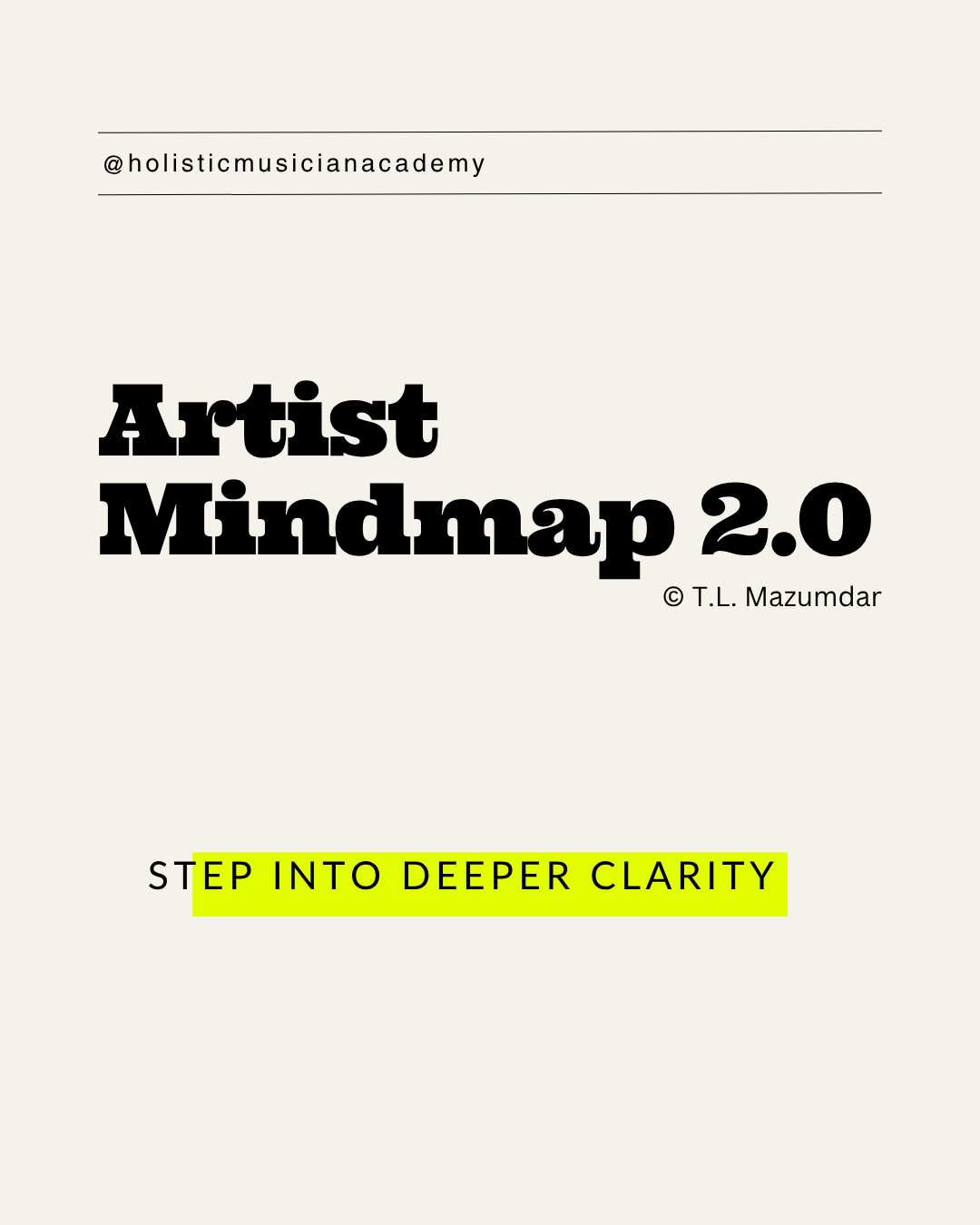
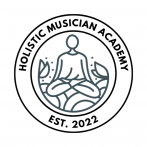
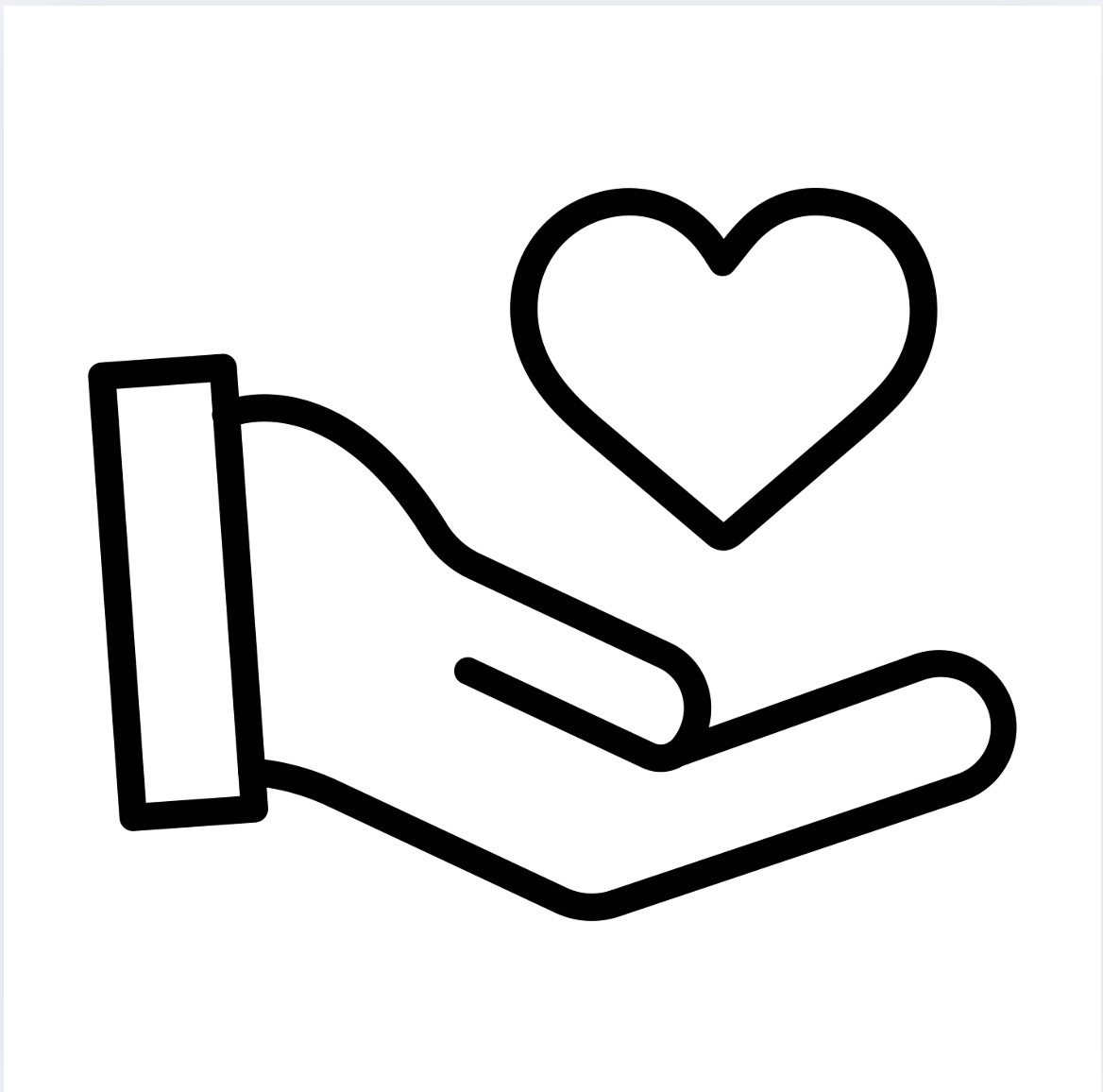
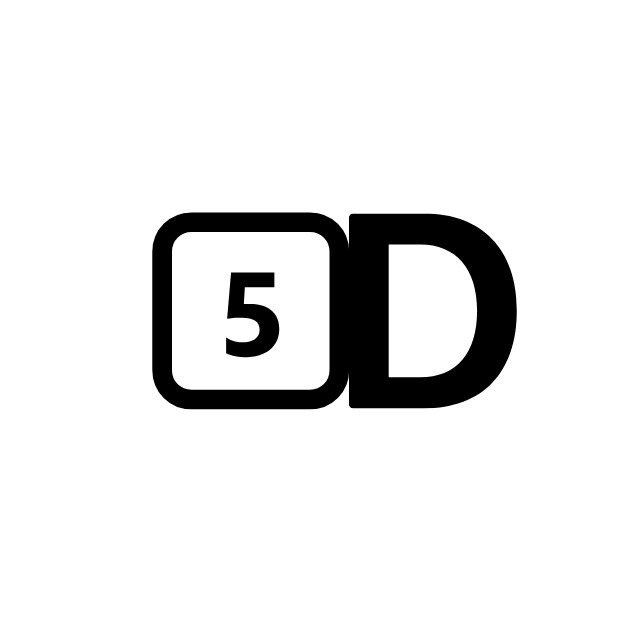
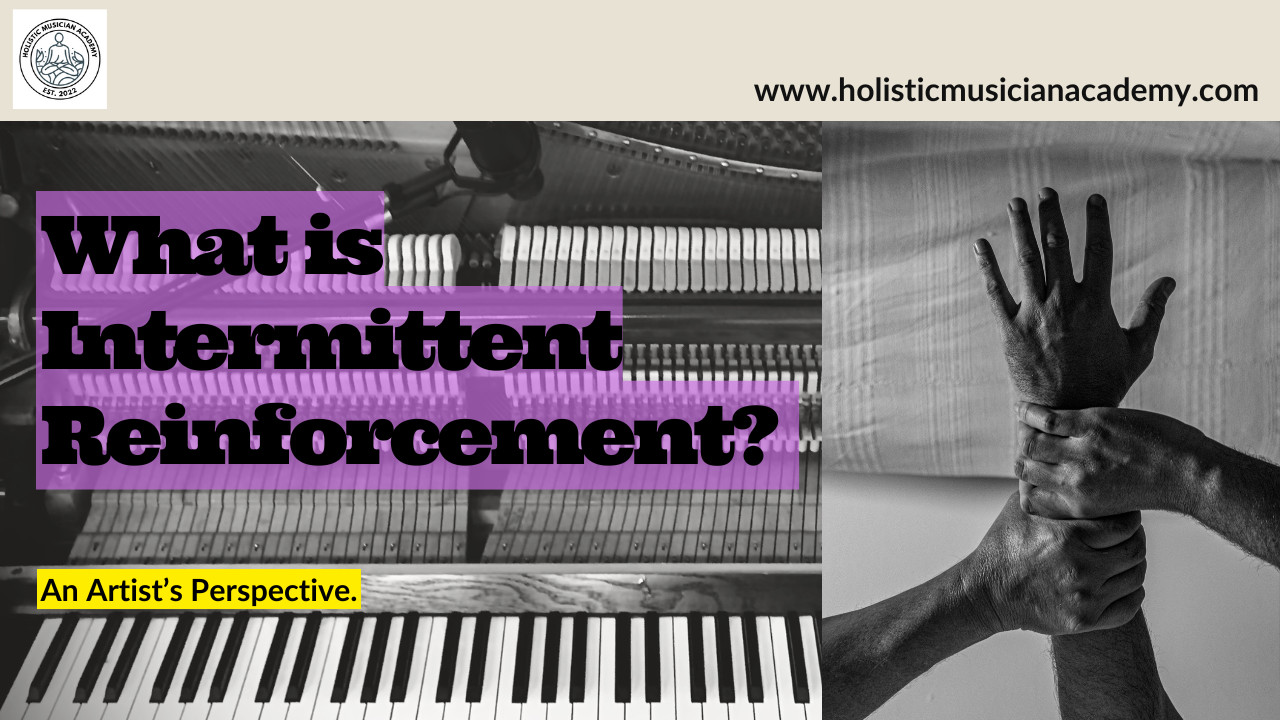
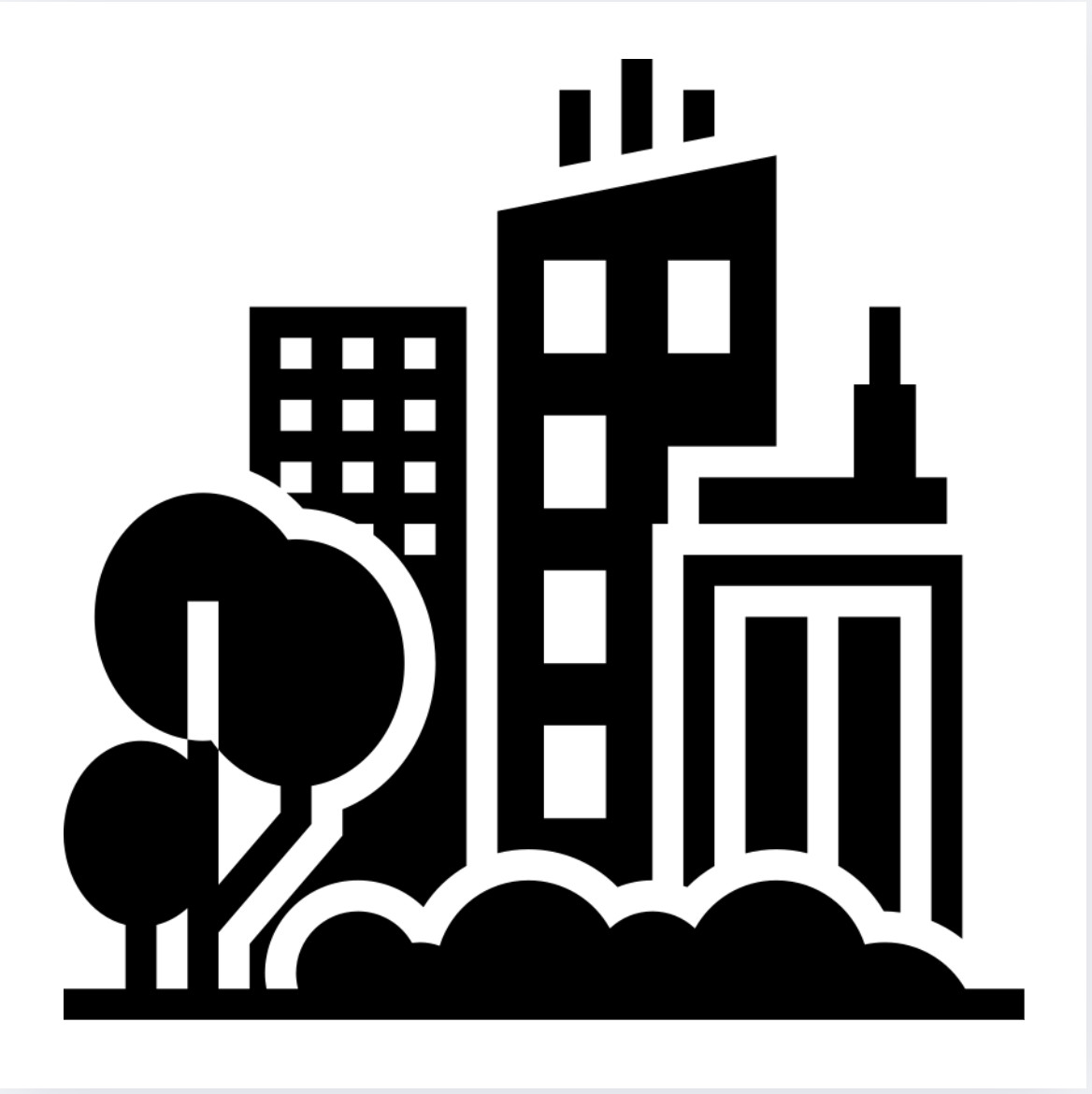
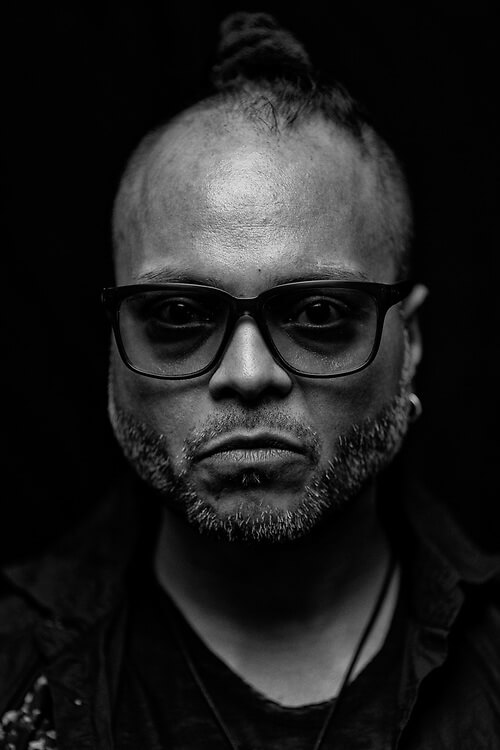
0 Comments